
As the days get shorter and cooler, many people turn to cozy anime – shows with peaceful stories, low-pressure situations, and comforting settings. These series and movies often focus on everyday life, small joys, and the beauty of simple places, making them ideal for a relaxing night in. You’ll find everything from realistic slice-of-life stories to shows about food and gentle fantasy worlds that prioritize comfort over action.
As a total movie and TV buff, I’ve put together this little guide to help *you* find something great to watch. For each pick, I’ve included all the important details – where the story originated, who made it, where and when it takes place, and how much of a commitment you’re looking at (like how many episodes or movies are in the series). Think of it as a quick reference to help you find something that really fits your mood – just pick what sounds good and start watching!
‘Laid-Back Camp’ (2018–2021)
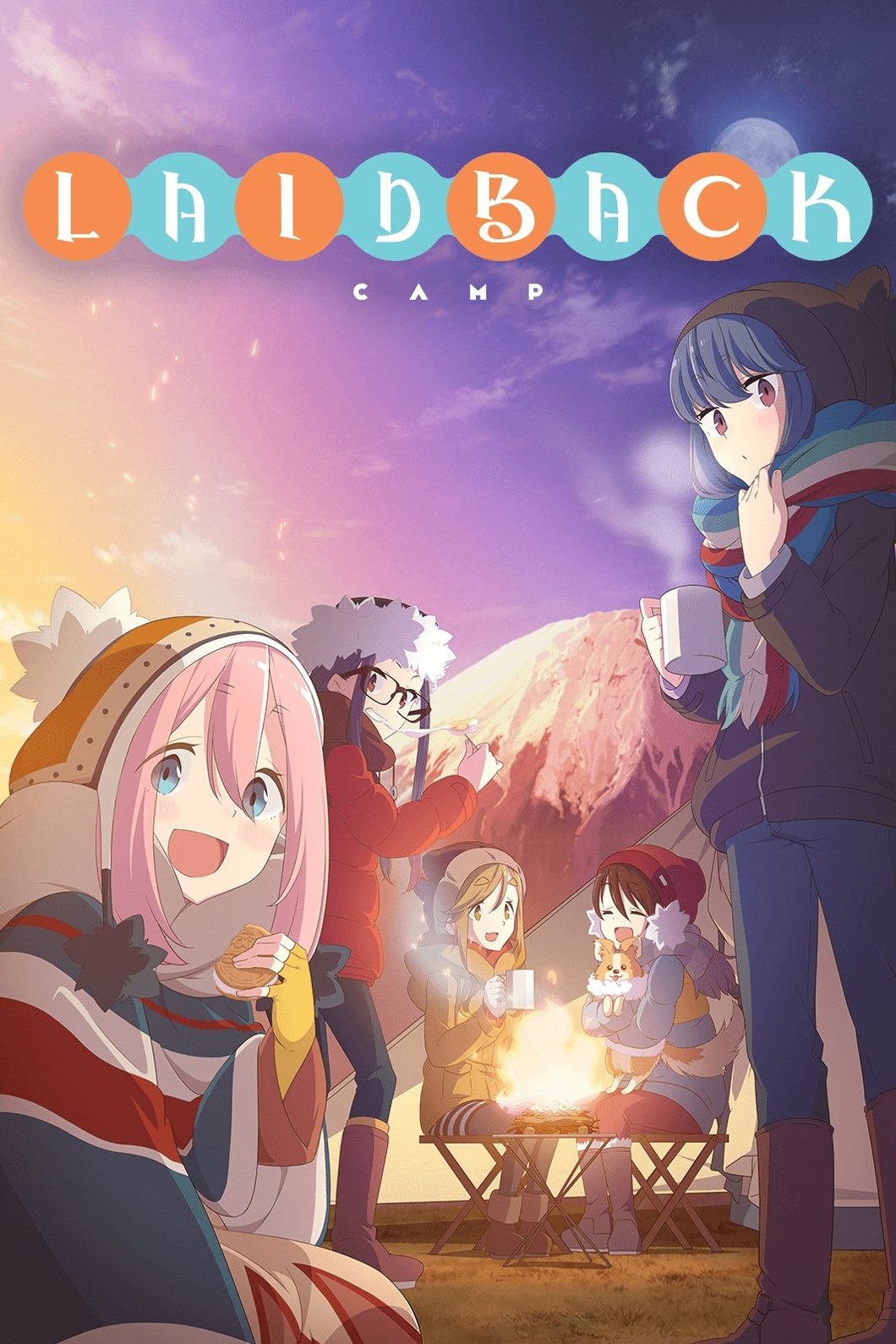
This show follows a group of high school friends as they travel and camp in beautiful locations all over Japan. It’s based on a manga by Afro and produced by C-Station. Over three seasons, a movie, and some short episodes, the series showcases the joys of camping, including setting up camp, cooking outdoors, and planning trips. It also highlights important camping safety tips and features lots of different camping equipment.
The music and sound effects really bring the natural surroundings to life, like hearing the wind or a campfire, which adds to the feeling of a journey. The show often mentions actual parks and lakes, and includes information at the end about the gear used and how to make things. You’ll see both solo and group camping techniques, and how campers adapt their plans based on the weather.
‘Natsume’s Book of Friends’ (2008–2017)
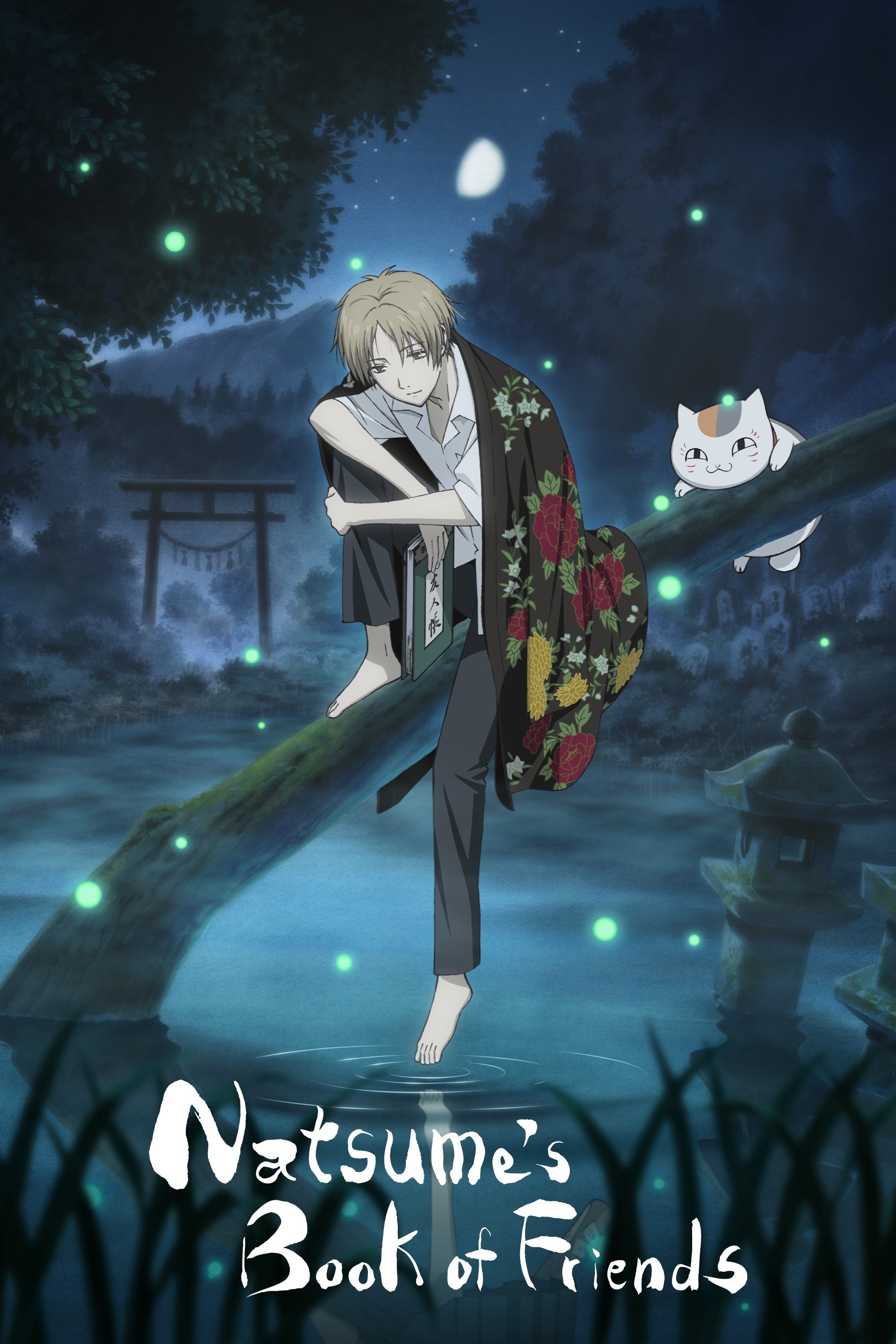
This anime is adapted from Yuki Midorikawa’s manga and follows a teenager who receives a special book from his grandmother listing the names of spirits called yokai. He travels around returning these names, which frees the spirits. Several seasons of the show, produced by Brain’s Base and later Shuka, keep a similar format, each focusing on a different small town or forest area.
The show uses beautiful watercolor paintings and imagery tied to each season to show the passage of time in countryside locations. Every episode focuses on a unique local tale or memory, gradually creating a collection of regional folklore. Regular narration and the return of mythical creatures help connect the different stories.
‘Barakamon’ (2014)
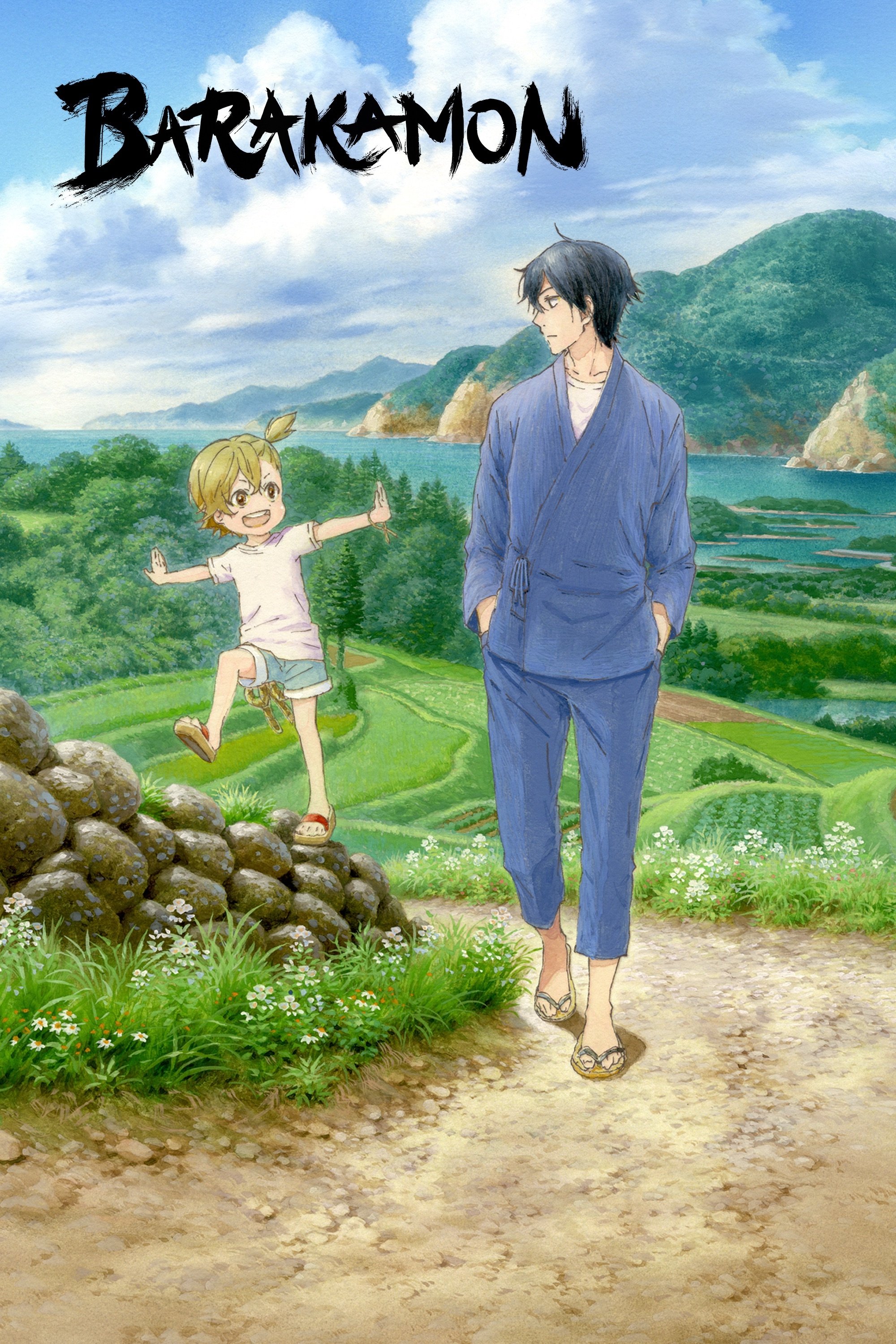
This anime, based on the manga by Satsuki Yoshino, tells the story of a calligrapher who moves to the Goto Islands to improve his skills. The studio Kinema Citrus carefully recreated island life, including festivals, school activities, and the way people actually speak there.
The show explores calligraphy as a hands-on art, demonstrating the tools, materials, and techniques involved, and how the surrounding environment affects the artist’s style. Each episode combines artistic challenges with glimpses into everyday life on the island, showcasing both workshops and scenes of local routines like farming and community visits, offering a complete picture of life there.
‘Aria’ (2005–2008)
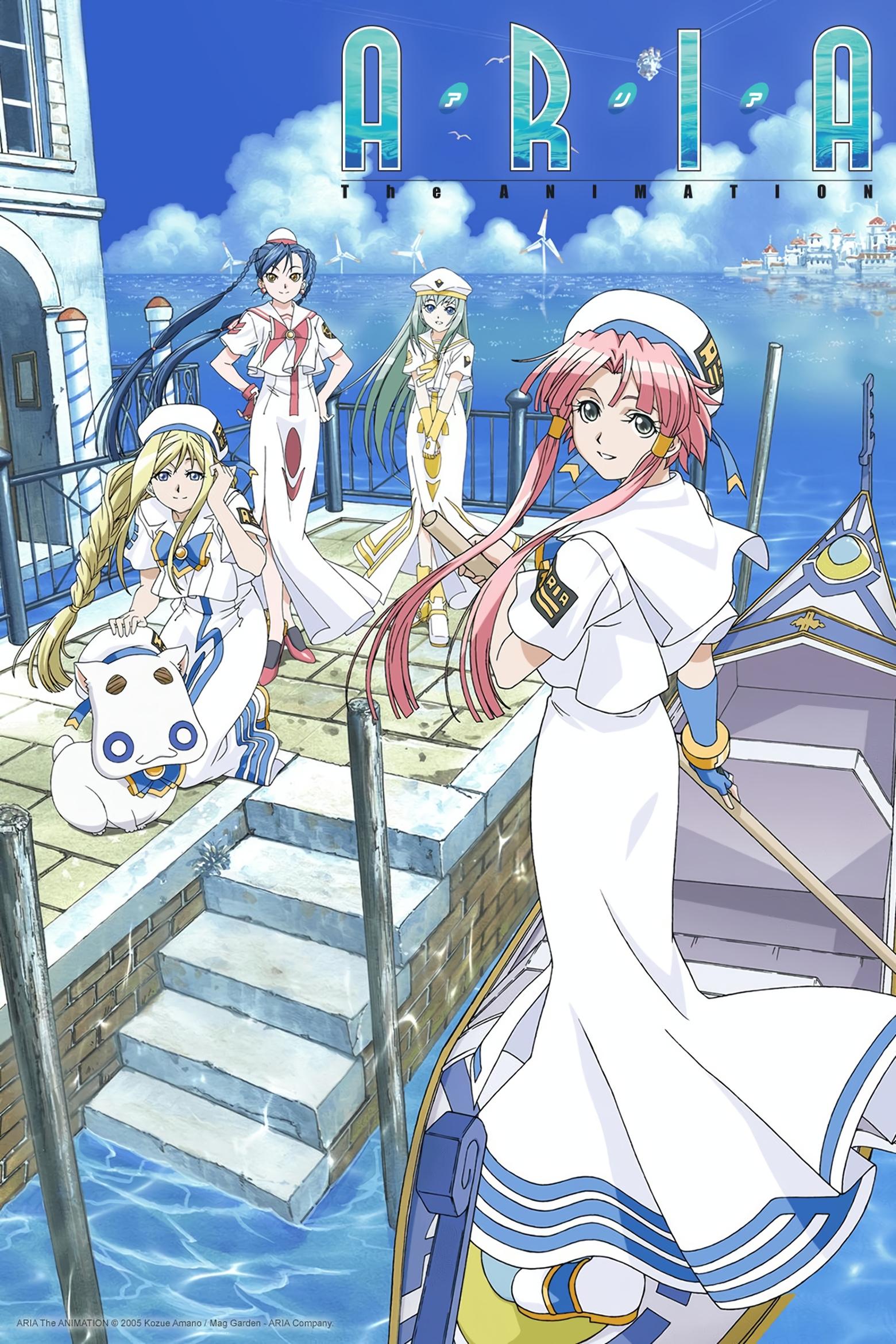
This series takes place on Aqua, a transformed Mars, and is based on Kozue Amano’s manga. It follows young gondola apprentices as they learn their craft in a city built like Venice. The first seasons were created by Hal Film Maker, and later projects have added more areas to the city and explored its guild system in greater detail.
The series includes lessons on navigating, proper attire, maintaining gondolas, and how Undines become certified. It also details the world’s history, including yearly events and the structure of its guilds. The artwork consistently depicts locations like town squares, canals, and shops, creating a cohesive and believable setting throughout the episodes.
‘Non Non Biyori’ (2013–2021)
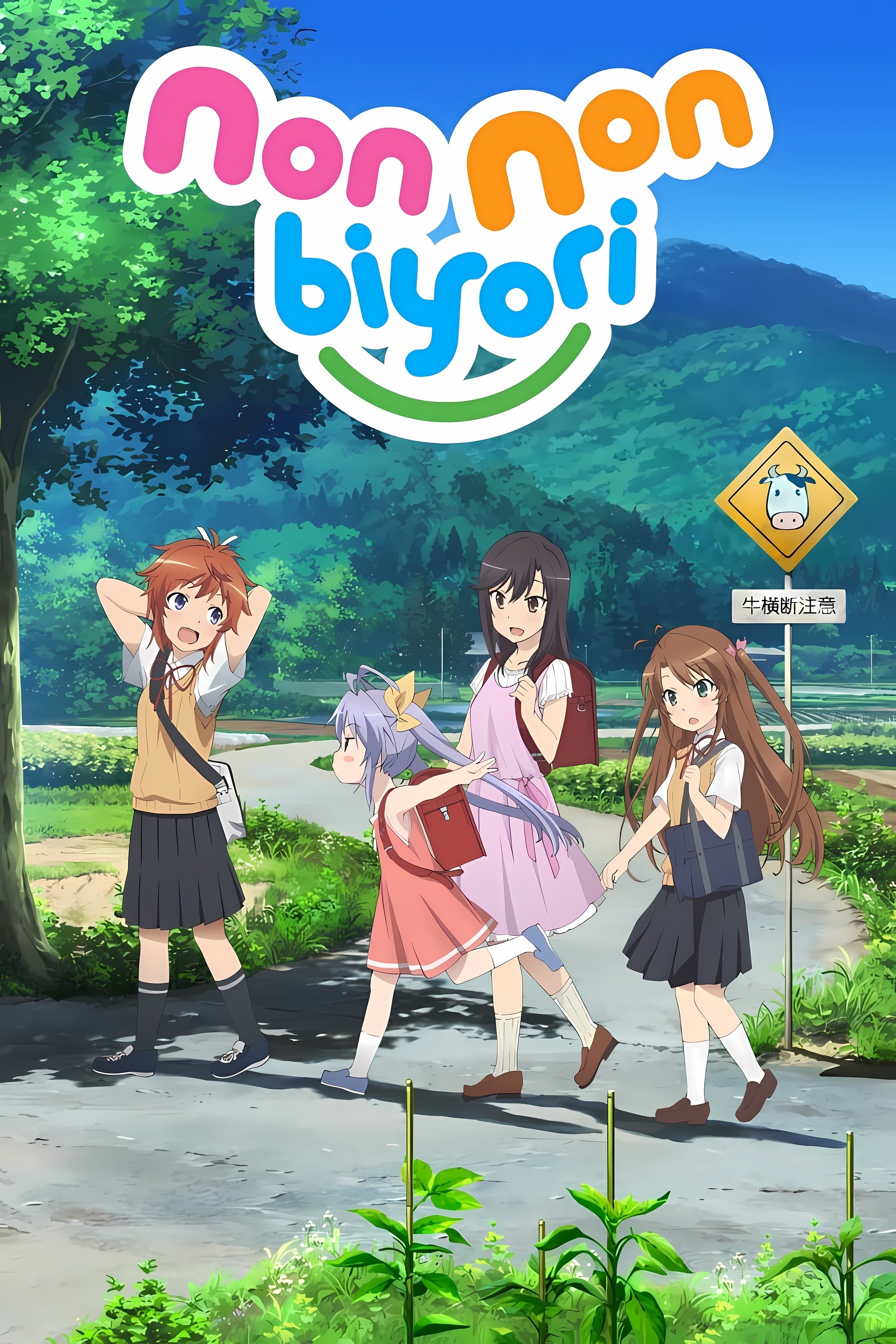
This anime is based on Atto’s manga and portrays the daily lives of students attending a small, combined elementary school in the countryside. Silver Link has created multiple seasons and a movie, and they consistently depict the same roads, fields, and houses, tying the story to the school year.
The show subtly uses the passing of time through references to things like harvests, bus routes, and school clubs. Events such as field trips and seasonal activities—planting in the spring, playing in the snow—help establish the geography and the regular travel between the village and the nearby town.
‘Flying Witch’ (2016)
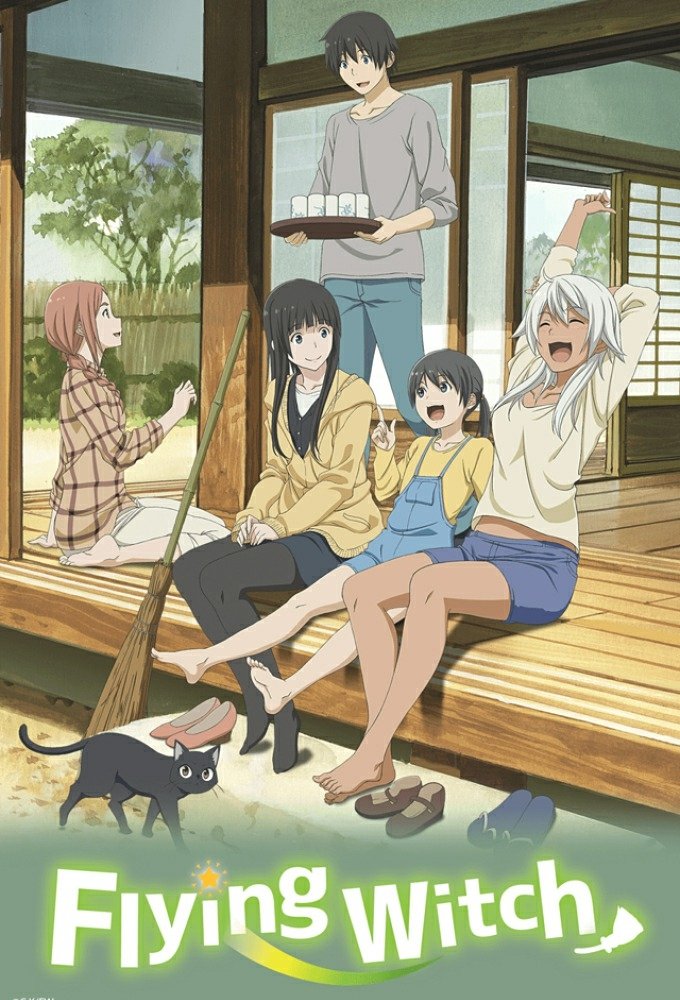
The anime series, based on Chihiro Ishizuka’s manga and created by J.C.STAFF, centers around a witch-in-training who lives with family in Aomori. It combines gentle magic with everyday life – things like gardening, grocery shopping, and exploring the area – making the world feel grounded and realistic.
The show features a detailed system of magic with established rules and resources, like spell books and regular trips to magical shops. It’s filmed on location, and each episode often includes recipes or information about local plants, connecting the story to the area’s seasons and what grows there.
‘K-On!’ (2009–2010)

Kyoto Animation has created an anime based on Kakifly’s manga, which follows a high school light music club as they start and run a band. The show realistically depicts everything involved – from choosing instruments and managing club activities to planning and performing concerts – offering a clear look at how a school year progresses for a band.
As a total cinema fan, I’ve been looking at how these episodes are put together, and it’s fascinating! They really plan everything out using schedules and sign-up sheets, and you can see how they handle all the practical stuff like money, locations, and gear. What’s cool is the attention to detail – they meticulously track things like sheet music and props, even down to the specific instruments used. And for concert episodes, they capture everything – how the stage is set up, sound checks, and the full set list. It’s a really comprehensive look behind the scenes.
‘Sweetness & Lightning’ (2016)
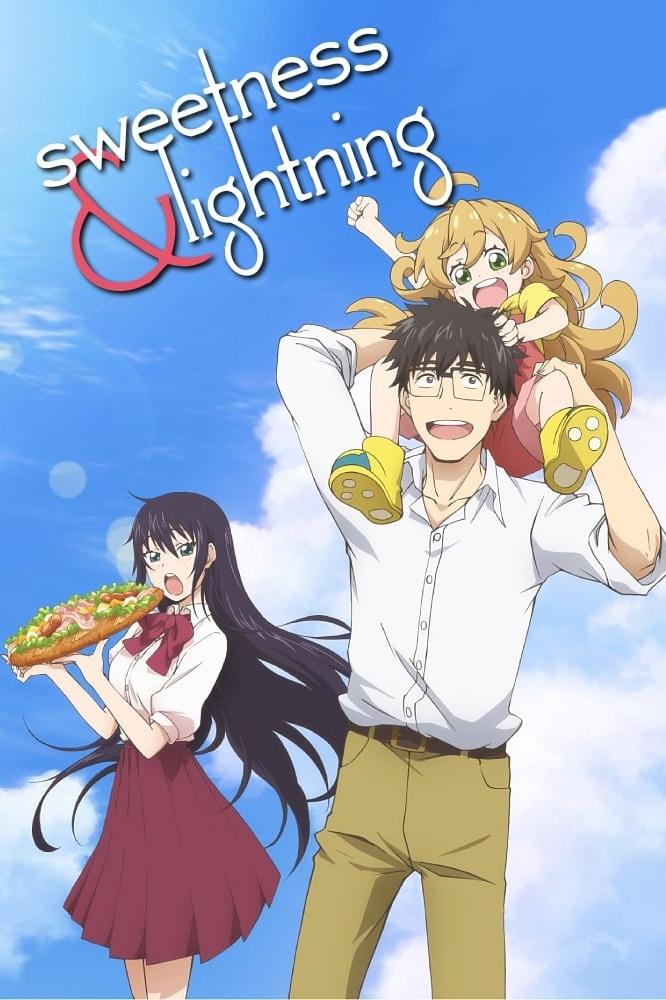
I’ve been really enjoying this anime! It’s based on a manga and follows a teacher and his daughter as they learn how to cook with one of his students. What’s so neat is that each episode actually walks you through a complete recipe, showing you everything from what ingredients you need to exactly how to make it. They even point out different cooking techniques and tools as you watch, which is super helpful!
The food featured highlights fresh, local ingredients and traditional dishes. The story follows a family’s meal planning, showing how it helps them manage their shopping and budget. It presents cooking as a regular part of the week and demonstrates how recipes can be easily adapted to fit different diets and busy schedules.
‘Silver Spoon’ (2013–2014)

As a film and anime fan, I recently checked out a series based on Hiromu Arakawa’s manga, and it’s surprisingly captivating! It’s set at an agricultural high school up in Hokkaido, and A-1 Pictures did a fantastic job showing what it’s *really* like to study agriculture. Over two seasons, they follow the students through their classes, the daily work on the farm, and even their internships. It gives you a really solid, practical look at what agricultural education is all about.
The show features practical lessons on raising animals, growing crops, and preparing food. Each episode typically combines instruction with real-world activities and tests. It follows the school year, highlighting events like festivals and contests, and also guides students as they explore different careers in agriculture and the food industry.
‘Amanchu!’ (2016–2018)

This show is based on a manga by Kozue Amano and follows a high school diving club in a seaside town. Produced by J.C.STAFF, the series shows viewers how to get diving certified, explains the equipment used, and details the club’s activities, offering a step-by-step guide to learning how to dive.
The course teaches essential underwater skills like hand signals and controlling buoyancy, and also covers practical land-based tasks such as checking the weather and visiting dive shops. It emphasizes planning dives based on the time of year, water clarity, and tides to ensure safety.
‘Super Cub’ (2021)
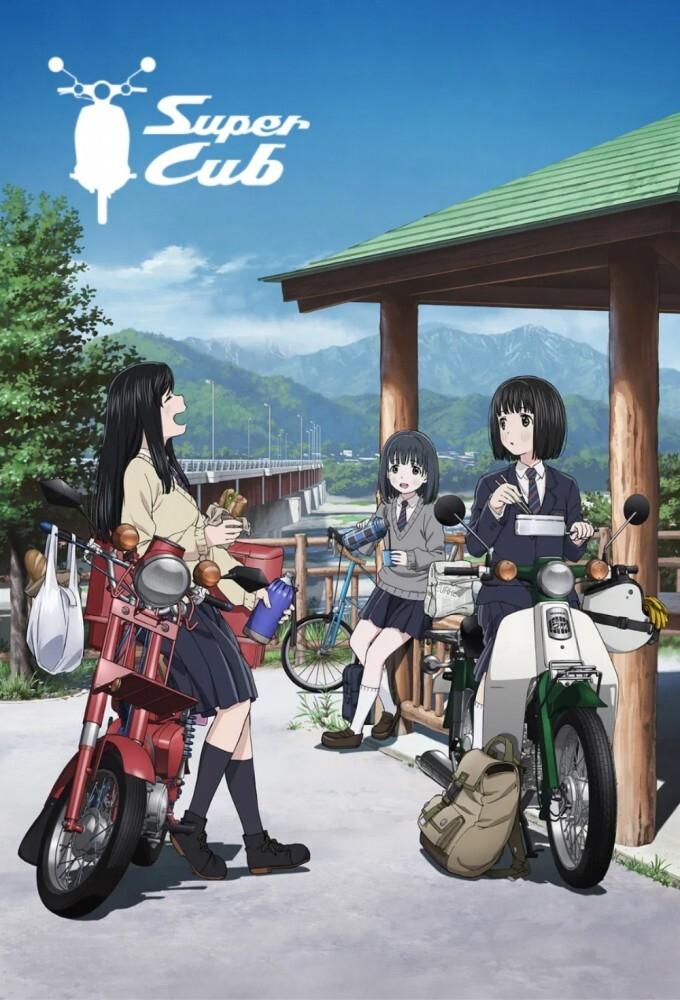
Studio Kai has created an animated series based on Tone Koken’s novels about a student who discovers the joys of getting around town on a secondhand Honda Super Cub motorcycle. The show focuses on practical skills like getting a license, keeping the bike maintained, saving fuel, and finding safe routes in the countryside.
The show follows a running record of additions like accessories, repairs, and improvements. It also highlights how weather affects clothing choices and planning, and offers practical storage ideas for school and shopping. All of this creates a structured, organized feel to the series.
‘Do It Yourself!!’ (2022)
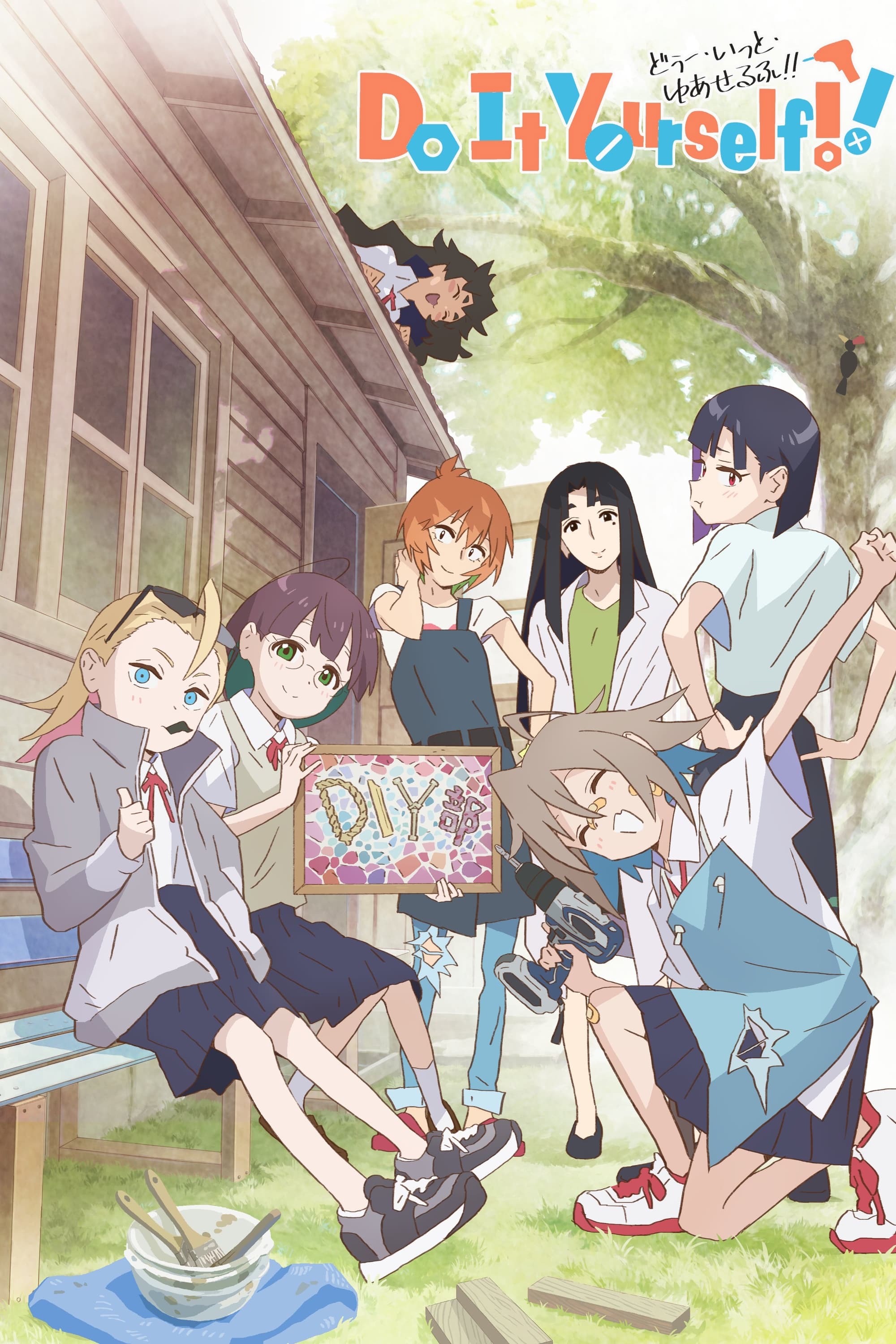
Pine Jam’s shows feature a group of people who start a DIY club and tackle simple building projects. Each project includes a complete list of materials, tools, and measurements, and the instructions clearly demonstrate how to put things together safely, highlighting important practices like wearing goggles and using clamps.
The club’s workshop is constantly improving with new storage and workspaces, mirroring how makerspaces typically develop. Each episode features easy-to-follow electronics projects and finishing tips. The show itself is organized using project boards that track progress and assign roles to each team member.
‘Deaimon: Recipe for Happiness’ (2022)
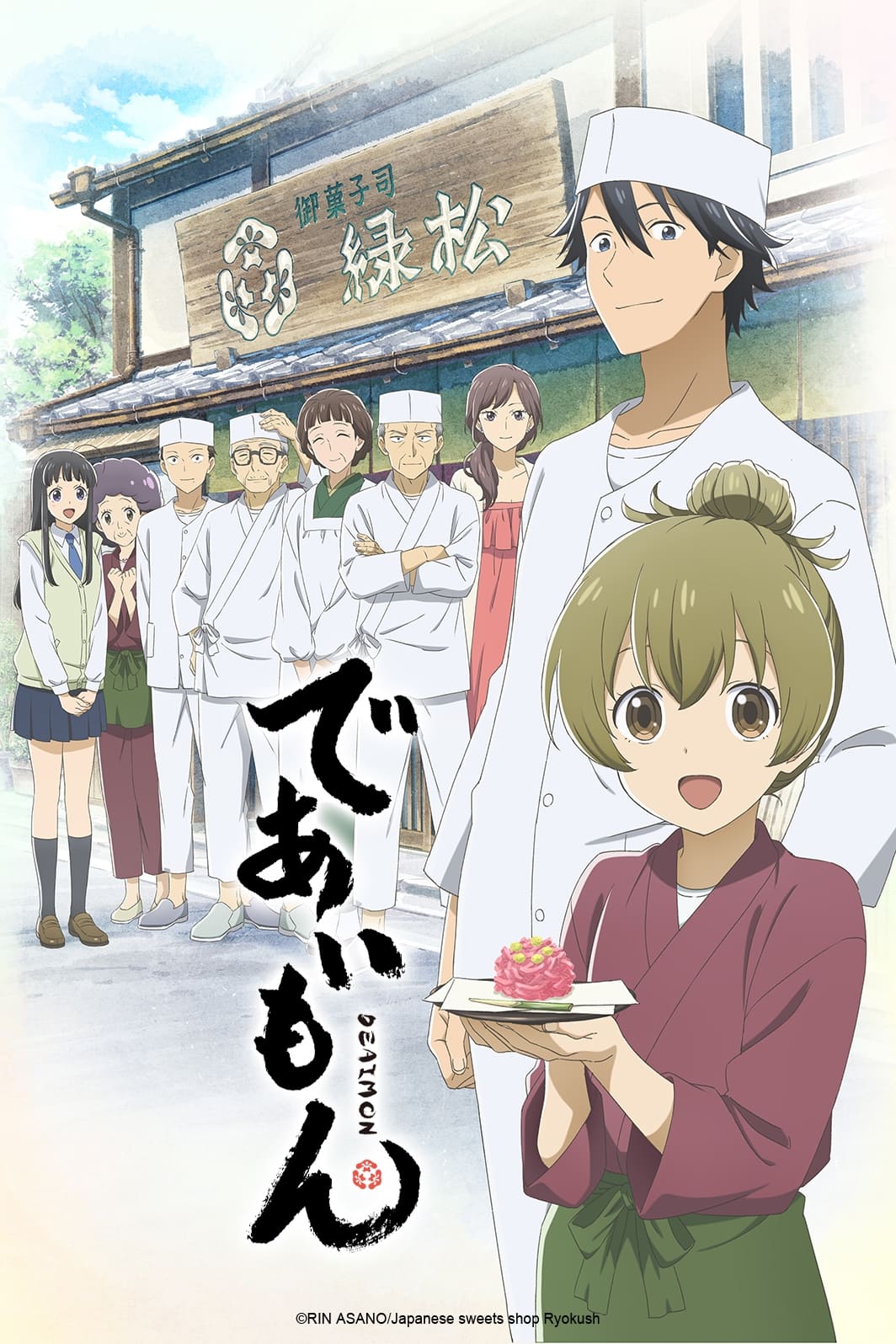
I recently checked out the ‘Encourage Films’ series, and it’s a truly charming experience. Inspired by Rin Asano’s manga, each episode unfolds within a traditional Kyoto sweets shop that’s been around for generations. What I found particularly delightful was how the series dives into the art of *wagashi* – not just showing us the beautiful confections, but explaining the seasonal ingredients, where they come from, and the important role these sweets play in Japanese festivals and family celebrations. It’s a surprisingly informative and visually appealing watch.
The production details showcase local terms for sweets and the equipment used to make them, such as wooden molds and copper pans. The shop’s daily routine, from preparing the treats to arranging them for customers, repeats throughout the year based on the holiday schedule.
‘My Roommate Is a Cat’ (2019)
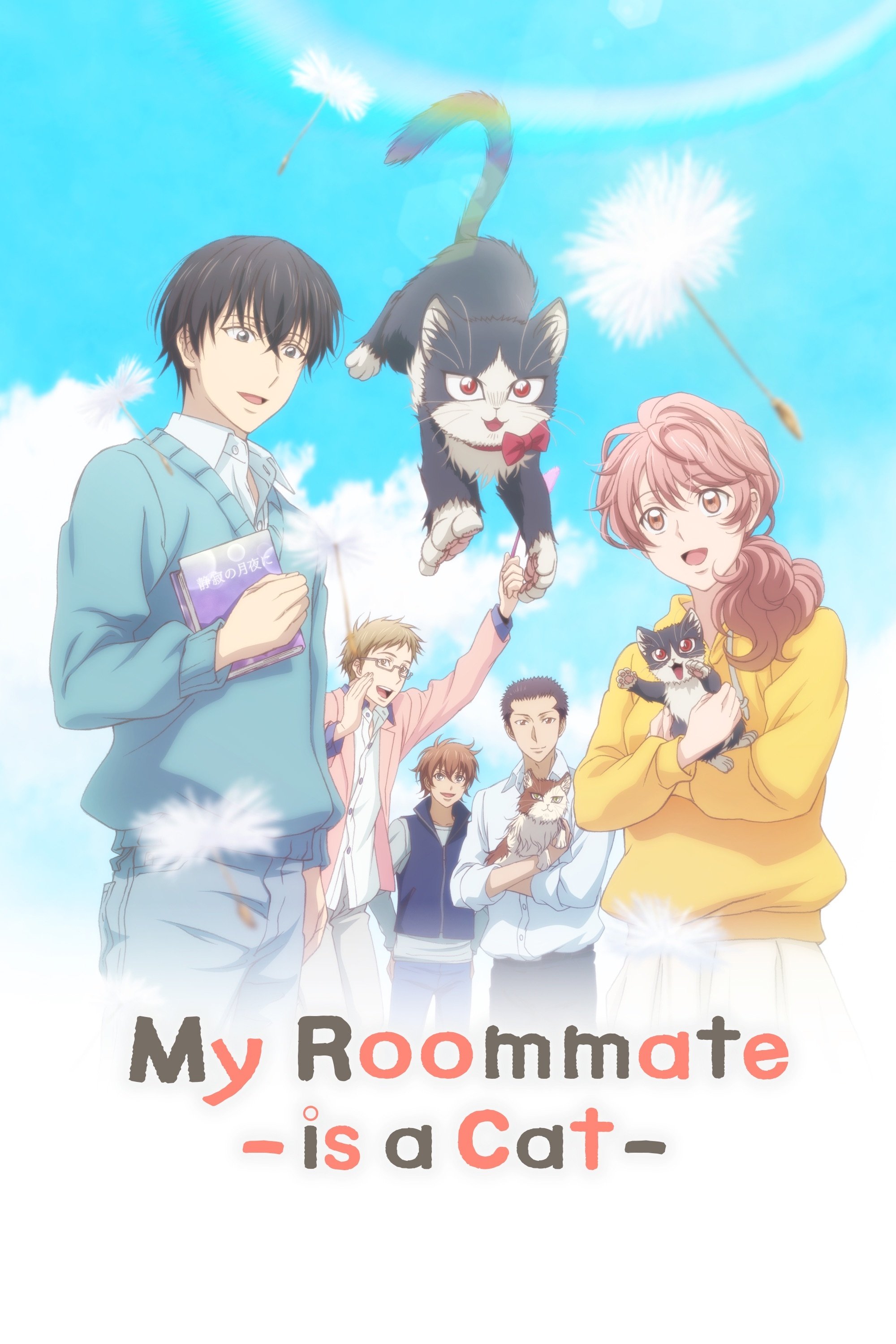
This anime is based on a manga by Minatsuki and As Futatsu. It tells the story of an author who takes in a stray cat, and each episode shows events from both the human’s and the cat’s perspectives. The animation studio Zero-G created the series by repeating certain scenes to allow for both storylines to unfold.
The show covers essential pet care topics, such as choosing the right food, going to the vet, and keeping your home safe. It cleverly uses the show’s production schedule – like meeting deadlines – to show how time passes. Filming and editing provide a consistent workday that fits around caring for the animals.
‘Restaurant to Another World’ (2017–2021)
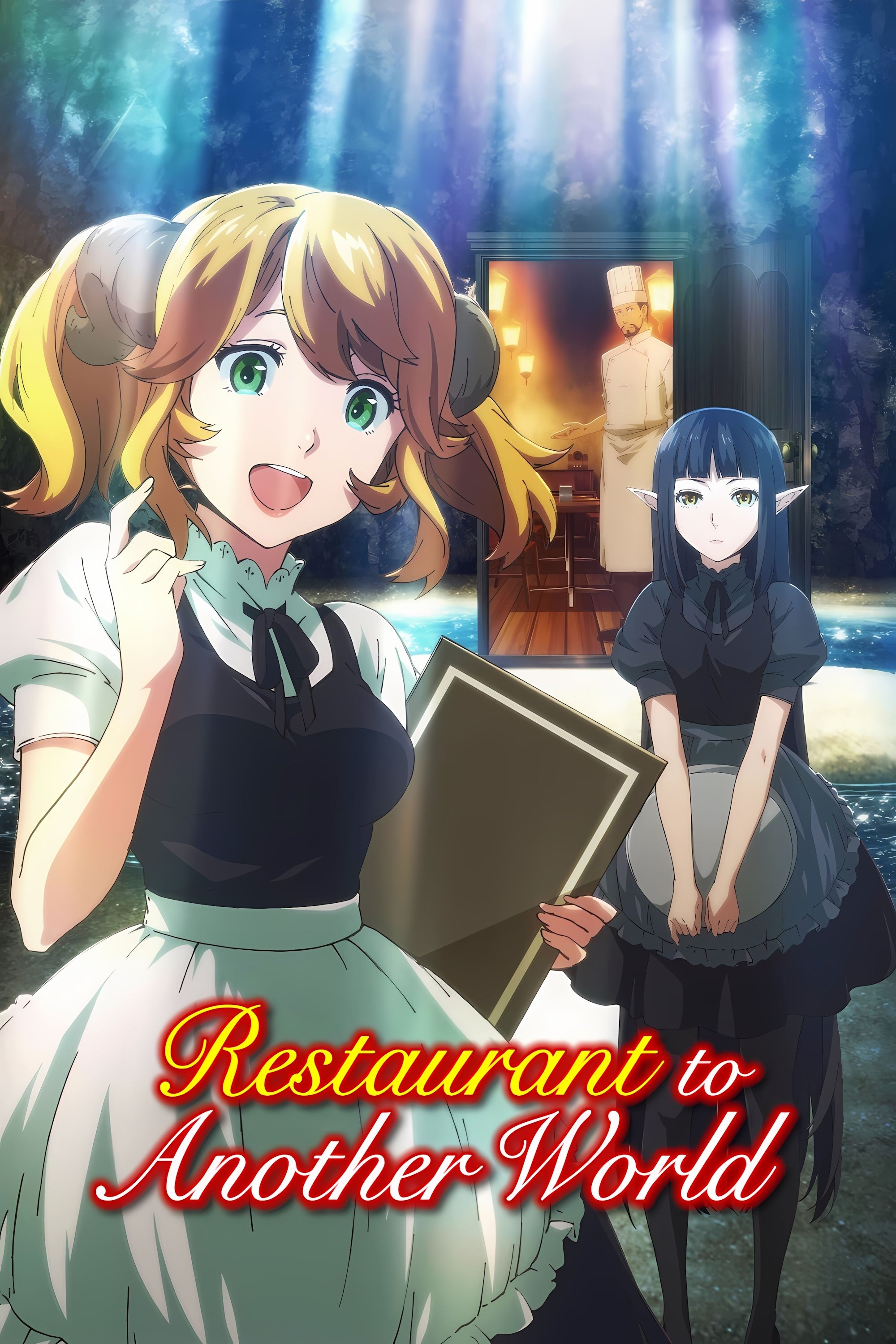
This anime is based on Junpei Inuzuka’s light novels and features a unique restaurant that caters to fantasy creatures one day a week. Produced by Silver Link, each episode of the series focuses on a couple of the restaurant’s dishes, presented in a menu-like style.
Each recipe includes information about its history and how to make it, and guests share insights into the culture surrounding the food and how it’s enjoyed. The show maintains a consistent kitchen process – from preparing the ingredients to serving the meal and cleaning up – creating a smooth and predictable flow.
‘Kakuriyo -Bed & Breakfast for Spirits-‘ (2018)
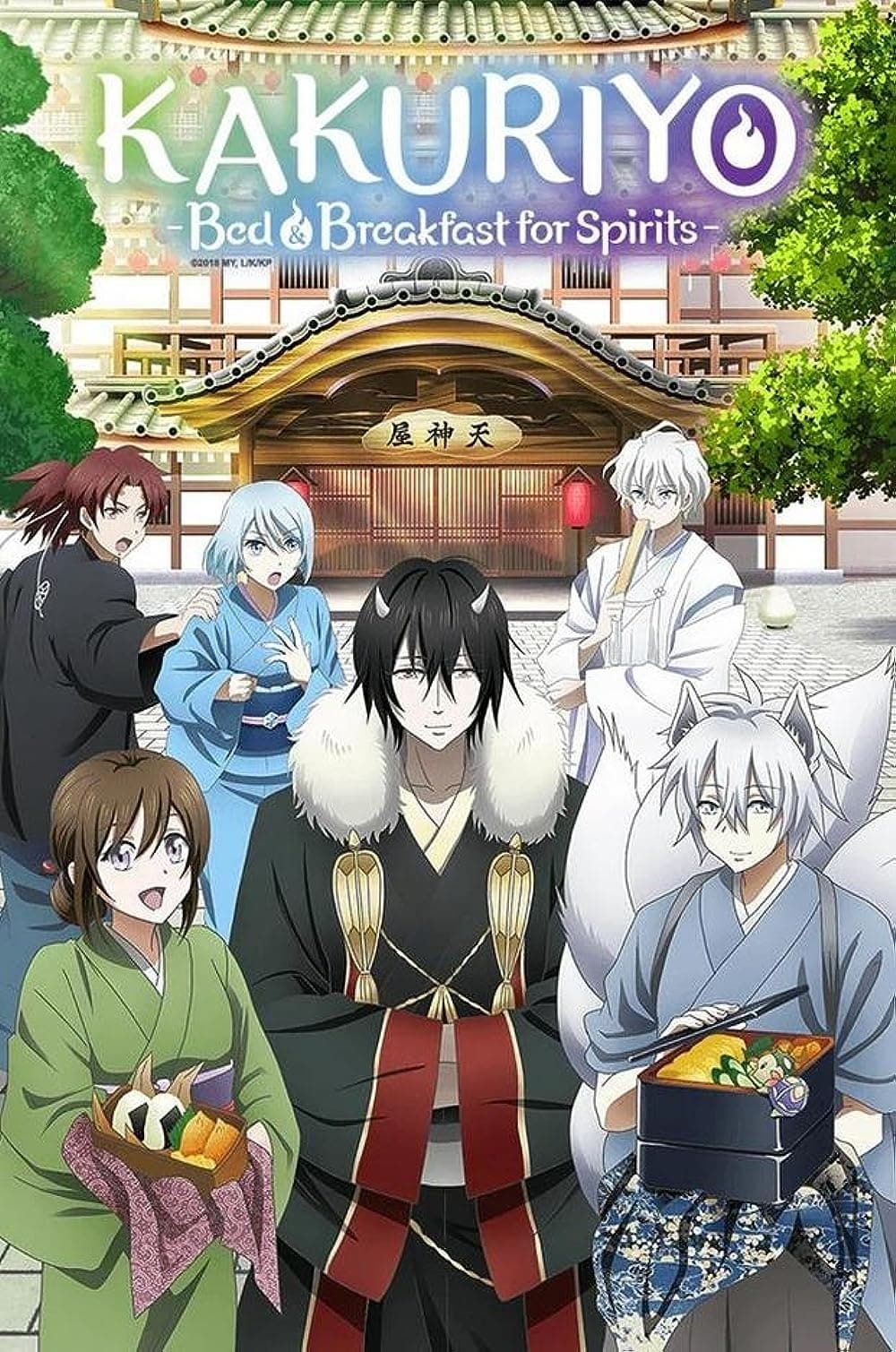
This anime, adapted from Midori Yuma’s novels, follows a student working at a classic inn located in the spirit world. The animation studio Gonzo put a lot of effort into realistically portraying the inn’s operations, including staff training, room upkeep, and creating the menu.
The series covers everything from how staff interact with guests and plan seasonal menus, to the specifics of uniforms and coordinating schedules for big events. It also takes a look behind the scenes at where the ingredients come from, showing visits to local markets and suppliers to highlight the restaurant’s commitment to fresh, local sourcing.
‘Somali and the Forest Spirit’ (2020)
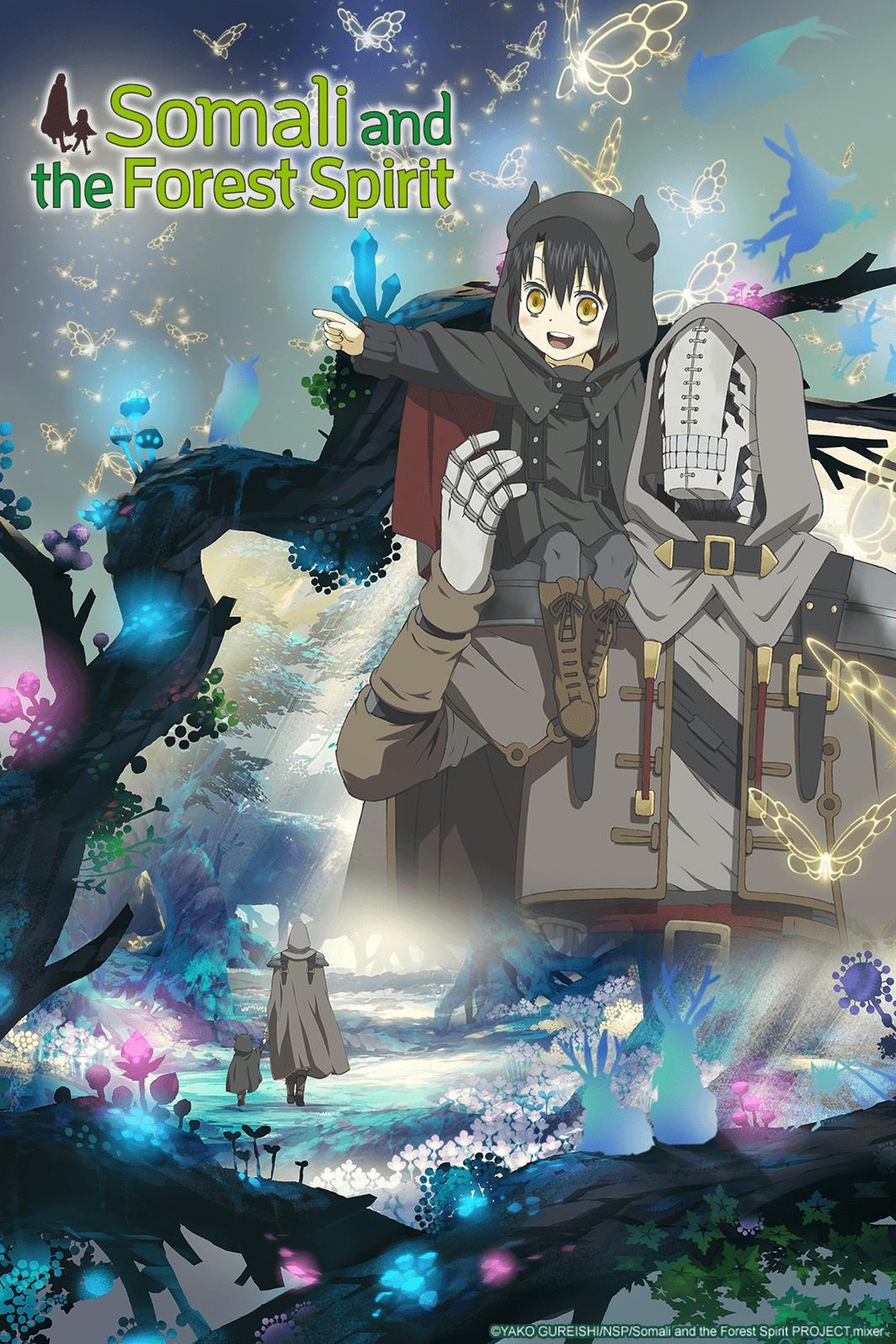
This series, based on Yako Gureishi’s manga, tells the story of a stone forest creature and a young human as they journey through towns known for their unique skills and traditions. Produced by Satelight and HORNETS, the show emphasizes the importance of roads, maps, and trade routes that link different towns and places to stay.
Each area in this world has its own rules for travel, like guilds, safe routes, and what food you can find. The story follows how far the characters travel and what supplies they have, and they stick to basic habits for cooking, finding shelter, and writing things down, giving each location a familiar rhythm.
‘Tanaka-kun Is Always Listless’ (2016)
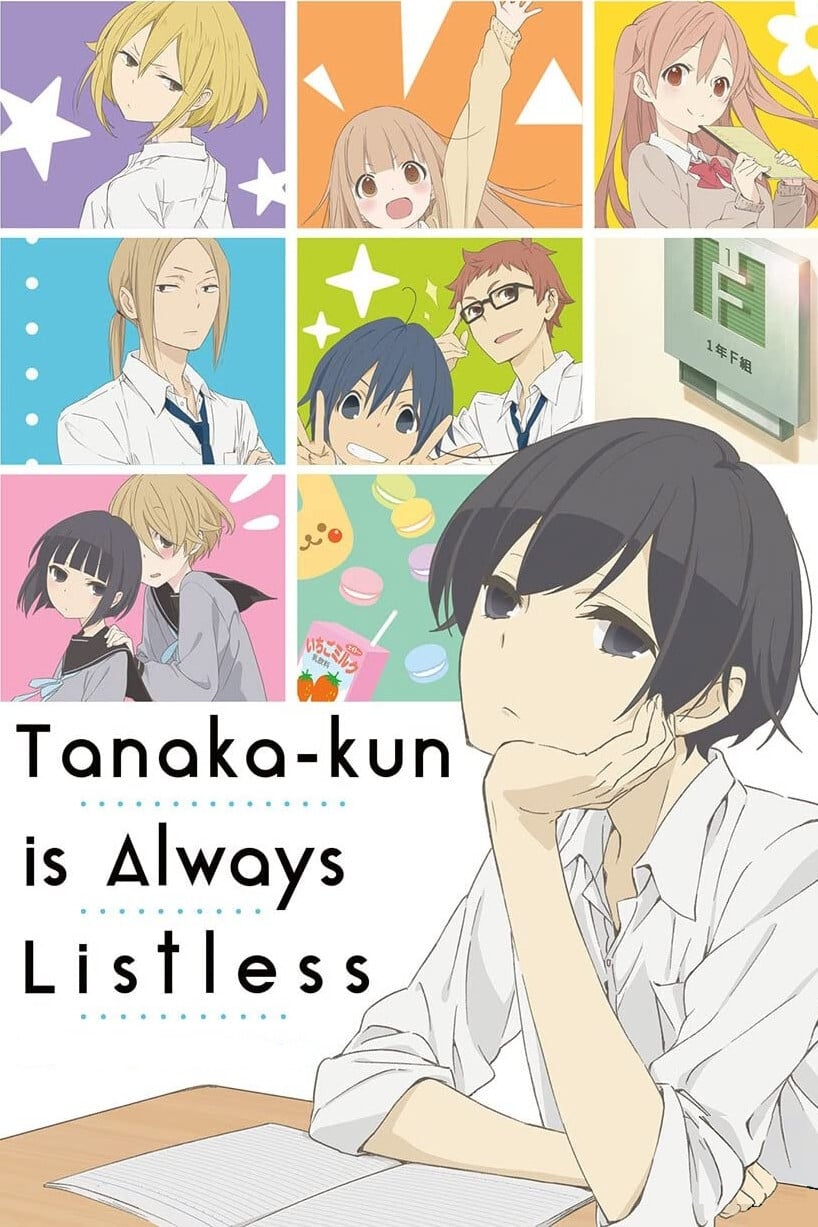
Silver Link is creating an anime based on Nozomi Uda’s manga, which follows a student who figures out how to get through school with the least amount of work. The show carefully recreates the school’s buildings – including classrooms, seats, and club rooms – and plans out the school calendar with tests and events for each semester.
Comedy often relies on things that happen again and again, such as familiar routines or checklists, which helps the audience understand what’s going on. The show also makes it easy to follow by giving supporting characters obvious jobs and using things like school bulletins and posters to show when and where events are happening.
‘Hyouka’ (2012)
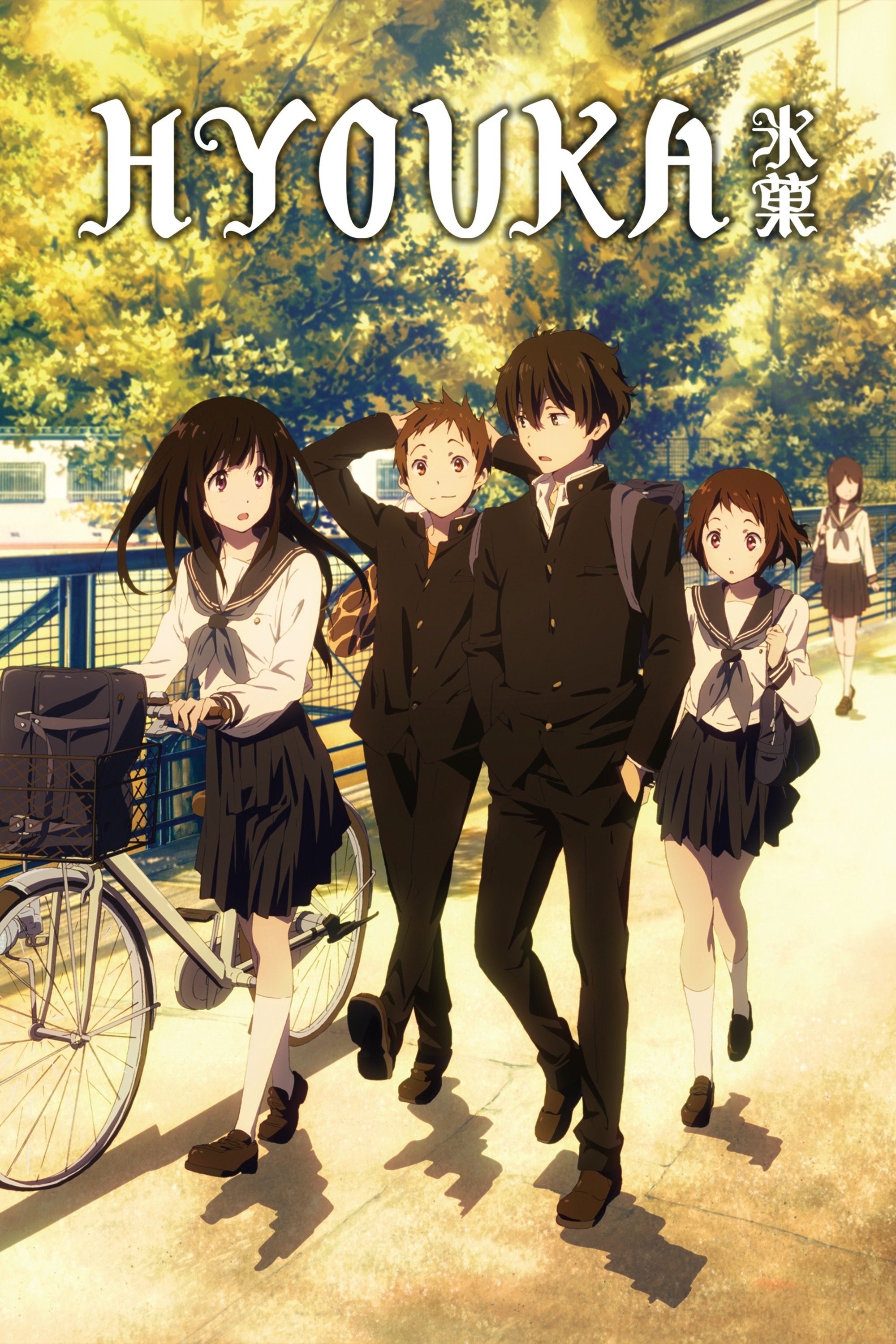
Kyoto Animation brings Honobu Yonezawa’s ‘Classic Literature Club’ novels to life, telling the story of a school club that investigates everyday mysteries. The series follows the club as they work on projects like planning festivals and conducting research using library resources and interviews.
Each episode typically features helpful visuals like timelines and maps, along with documents related to the case, demonstrating the club’s method for organizing information. The festival storyline breaks down all the work involved – from planning booths and managing budgets to overseeing publications – and explains how different teams coordinate their efforts and schedules.
‘Whisper of the Heart’ (1995)
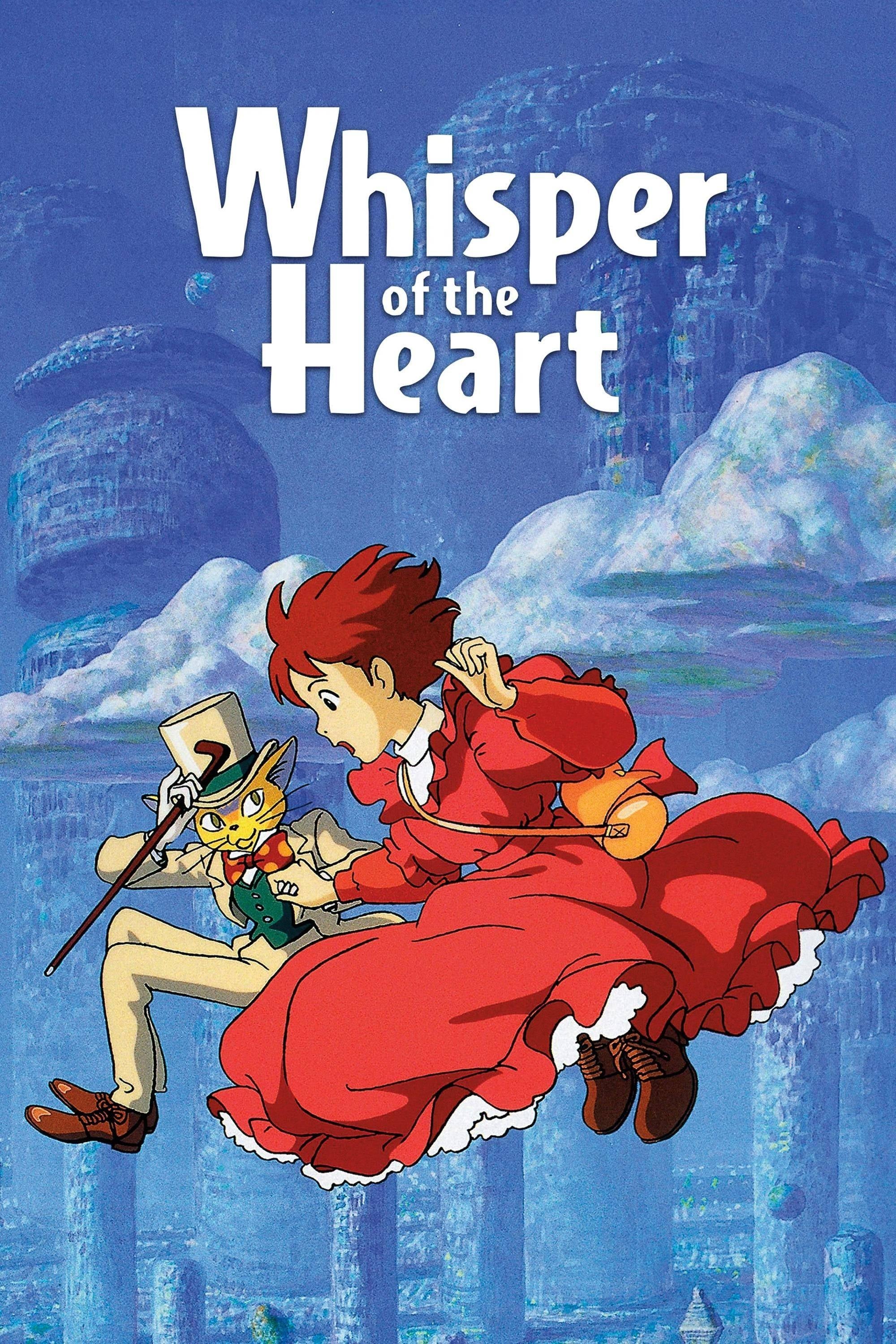
This Studio Ghibli movie is based on a manga by Aoi Hiiragi and tells the story of two students in Tokyo as they balance their creative passions with studying for exams. The film realistically portrays the everyday details of their lives, including the libraries, buses, and neighborhoods they use.
The film showcases detailed views of skilled crafts like violin making and songwriting, highlighting the tools and processes involved. It also explores how everyday commitments – school and family schedules – influence the creative process and provide a realistic framework for how things get done.
Tell us about your go-to cozy items in the comments! We’d love to know what you’re planning to snuggle up with first.
Read More
- Silver Rate Forecast
- Gold Rate Forecast
- Красный Октябрь акции прогноз. Цена KROT
- MSCI’s Digital Asset Dilemma: A Tech Wrench in the Works!
- Dogecoin’s Big Yawn: Musk’s X Money Launch Leaves Market Unimpressed 🐕💸
- Bitcoin’s Ballet: Will the Bull Pirouette or Stumble? 💃🐂
- Guardian Wealth Doubles Down on LKQ Stock With $1.8 Million Purchase
- Binance and Botim Money Join Forces: Crypto in the UAE Gets a Boost-Or Does It? 🚀
- Twenty One Capital’s NYSE debut sees 20% fall – What scared investors?
- Monster Hunter Stories 3: Twisted Reflection gets a new Habitat Restoration Trailer
2025-10-09 10:03